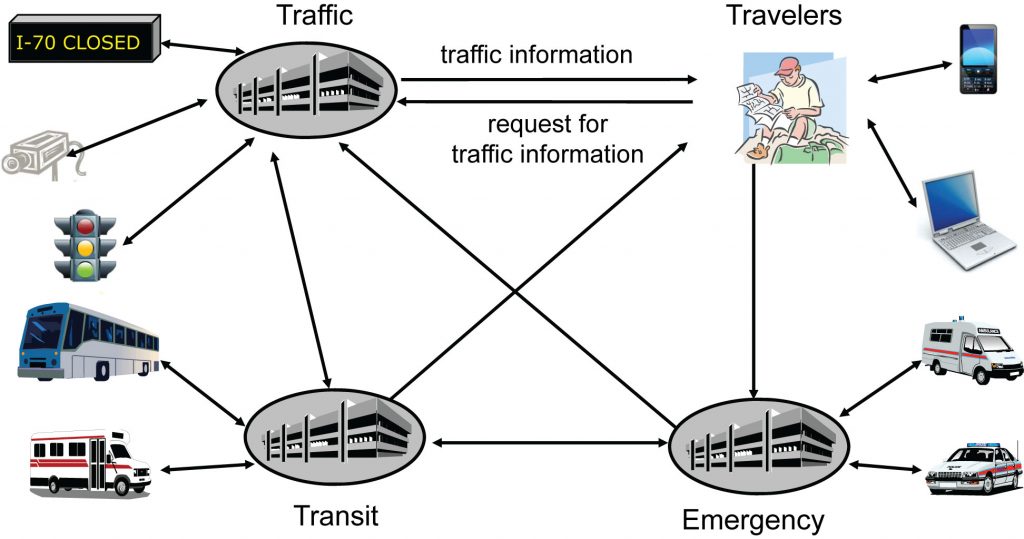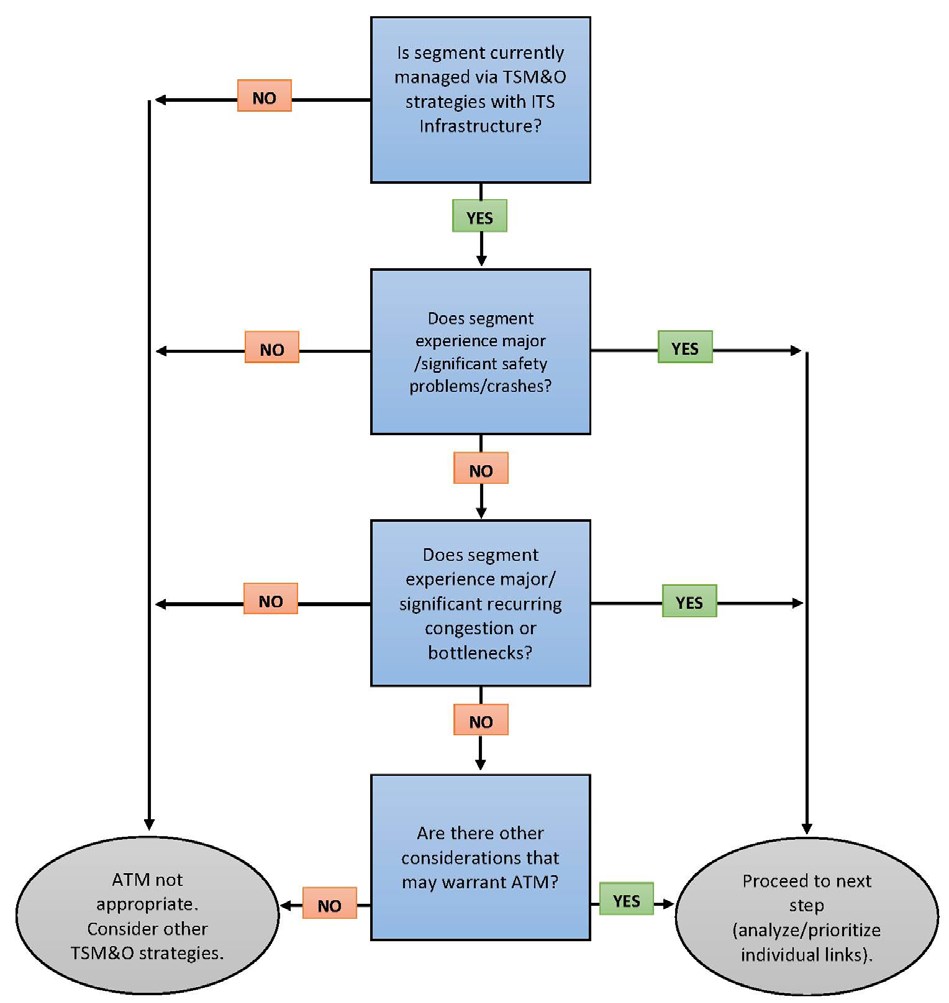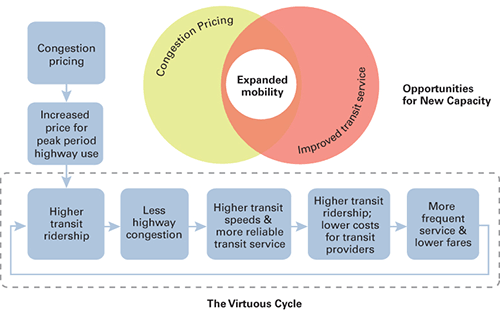Transportation Network Congestion Diagram
Free Printable Transportation Network Congestion Diagram

Just like in road congestion network congestion occurs when a network is not able to adequately handle the traffic flowing through it.
Transportation network congestion diagram. Convolutional neural network for recognizing highway traffic congestion. The same situation occurs on the internet. To many requests for data over the same internet route causes. The fundamental diagram of traffic flow is a diagram that gives a relation between the traffic flux vehicles hour and the traffic density vehicles km.
In simple terms think about network congestion like highway traffic. Traffic congestion identification evolution trend prediction and urban road network gating control. While network congestion is usually a temporary state of a network rather than a permanent feature there are cases where a network is always congested signifying a larger issue is at hand. Therefore kerner argues that the fundamental diagram as used in classical traffic theory cannot adequately describe the complex dynamics of vehicular traffic he instead divides congestion into synchronized flow and wide moving jams.
In congested traffic the vehicle speed is lower than the. A macroscopic traffic model involving traffic flux traffic density and velocity forms the basis of the fundamental diagram. Ordinary cells and oriented cells are applied to render the crowd roads and their adjacent roads. A the majority of current studies are based on statistical analyses.
To understand the status quo of urban recurrent traffic congestion the current results of recurrent traffic congestion and gating control are reviewed from three aspects. Intelligent transportation systems are projects that aim to integrate modern communication and information technology into existing transportation management systems in order to optimize vehicle life fuel efficiency safety and. If you drive along a highway that is merging from two lanes into one a traffic jam will occur. 24 dense surveillance systems for urban traffic pp.
It can be used to predict the capability of a road system or its behaviour when applying inflow regulation or speed. Therefore the traffic flow could be simulated by these cells. Data show a weaker relationship between flow and density in congested conditions. The authors show that supply curves differ from performance curves once the onset of congestion is reached and that the incorrect use of performance curves to estimate demand can thus seriously underestimate traffic levels the costs of congestion and the value of congestion relief measures.
Journal of intelligent transportation systems. To analyze the spreading regularity of the initial traffic congestion the improved cell transmission model ctm is proposed to describe the evolution mechanism of traffic congestion in regional road grid. Three aspects of current research are highlighted. Existing approaches to model city traffic often rely on microscopic models with high computational burden.
















